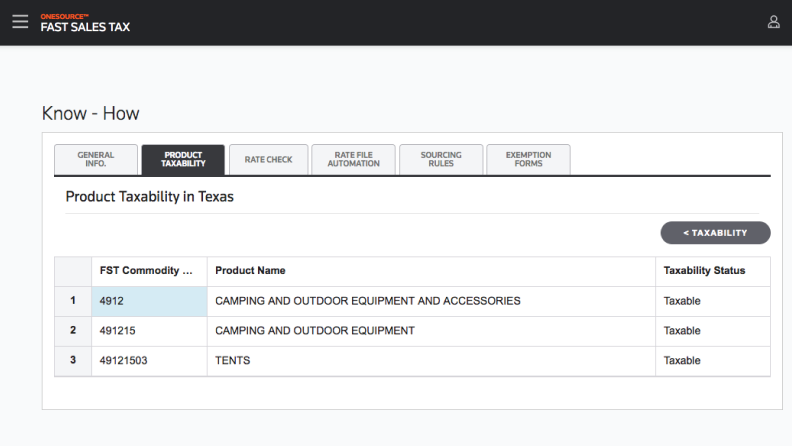Is There a Valid Visa That Is Never Issued by the State Department?
Can there be a perfectly valid visa type that never involves a State Department action?
Do we have a highly specialized amnesty program for, among others, trafficked prostitutes?
The answers to both questions — and the questions are linked — are yes.
I was dealing the other day with T5 immigrant visas (a subset of EB-5 visas) when I stumbled on the full set of T1 through T6 nonimmigrant visas, which have nothing to do with each other, but which underline my sense that our immigration system can be needlessly complex.
Let’s back up a moment; there is a system of codes for incoming immigrant classes, such as “A11 Immigrant Visa Unmarried Amerasian Son or Daughter of a US Citizen Born in Cambodia, Korea, Laos, Thailand, or Vietnam. INA 203(a)(1) and 204(g)” and “A12 Immigrant Visa Child of an Alien Classified as A11 or A16. INA 203(d), 204(g)”.
And there are also the classes of nonimmigrants, such as A1 for ranking diplomats.
So my research on T5 immigrants (investors or their families) in the EB-5 program led me to the T1 to T6 classes of nonimmigrants, who are either victims of trafficking (for among other activities, the sex trade) or their relatives, two populations at the extreme ends of the human capital spectrum, both of whom can, given the right circumstance, become green card holders, and later U.S. citizens. Neither group is very large.
Most migrants to the U.S. are neither investors nor prostitutes, but there are legal provisions in the system for both and they are oddly similar.
One of the interesting aspects of the nonimmigrant T visas is that they never are granted a visa by the State Department; they always adjust to nonimmigrant status after usually making an illegal entry. This may seem odd, but makes sense.
The definition of a trafficked person is, among other things, that “Their entry into the US was illegal, and their purpose of coming was to be a part of commercial sex work, peonage, unwilling servitude, debt bondage, or slavery.”
Clearly you cannot make entry into the U.S. and be in a foreign country at the same time, so all of the grants of T status are made within the U.S. by the Department of Homeland Security.
While EB-5 visas to the principal, the spouse, and to the children all carry the same code, those of the trafficked person and her or his relatives carry six different symbols, cluttering up the system needlessly. These are the six different kinds of T visas and the number of adjustments to permanent resident alien status that were made in for each in FY 2021:
- T1, principal: 448
- T2, spouse of: 127
- T3, children of: 304
- T4, parents of: 25
- T5, unmarried siblings under 18: 32
- T6, not clear, another group: 6
The data is from Table 7 of the 2021 Yearbook of Immigration Statistics.
As one might expect, victims of trafficking are much more likely to have children (304) than spouses (127). The total of 942 adjustments of trafficking victims and their relatives in FY 2021 might be compared to the nearly 10,000 visas available for immigrant investors and their families that year.
Both immigrant investors and their families and trafficking victims and their families go through different kinds of not-yet-immigrant status on their way to green cards; both need to do something useful to the nation during those waiting periods: The investors must keep their investments in place, and the trafficked must help law enforcement.
Both groups are more curiosities than major segments of our inflow of immigrants.





